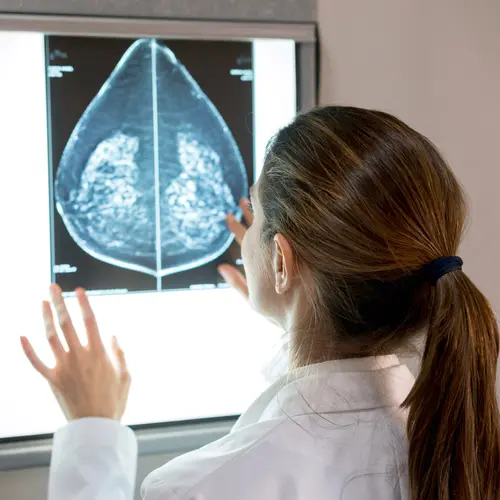Fitz-Hugh-Curtis syndrome is a rare disorder that happens when pelvic inflammatory disease (PID) causes swelling of the tissue around the liver. You may also hear it called “gonococcal perihepatitis” or “perihepatitis syndrome.”
Pelvic inflammatory disease is an infection of a woman’s reproductive organs. Most often it’s caused by sexually transmitted infections (STIs) like chlamydia and gonorrhea. It usually causes inflammation of the uterus, ovaries, fallopian tubes, cervix, or vagina.
Sometimes, this inflammation spreads to the covering of the liver or the tissues surrounding the liver in the abdomen. It can also spread to the diaphragm, the muscle that separates the abdominal cavity and the chest.
What Causes It?
Most cases of Fitz-Hugh-Curtis syndrome are linked to chlamydia or gonorrhea infections. But doctors don’t know exactly what causes these to spur Fitz-Hugh-Curtis syndrome. Some cases may start when an infection spreads to the liver. Other evidence suggests that it could be an autoimmune disease, which is when your body’s natural defenses attack your own healthy tissues.
What Are the Symptoms?
Fitz-Hugh-Curtis syndrome is marked by sudden, severe pain in the upper right area of your belly, just below the ribs. You might also feel pain on your right shoulder and right arm. Moving usually makes it worse.
Other symptoms might include:
- Fever
- Chills
- Night sweat
- Nausea and vomiting
- Hiccups
- Headaches
- A general feeling of poor health (malaise)
The symptoms of PID -- pain in the lower belly and vaginal discharge -- are often present, as well.
Who’s at Risk?
Women of childbearing age who have PID have the biggest chance of developing Fitz-Hugh-Curtis syndrome. Teens are high-risk, too, because they’re more prone to infections. In very rare cases, men can get it.
How Is It Diagnosed?
If your doctor is sure you have PID, they’ll run tests to rule out any other conditions and diseases that can cause similar symptoms, like viral hepatitis, pancreatitis, appendicitis, and peptic ulcer disease. These tests might include an ultrasound, chest or stomach X-rays, and CT scans.
Your doctor may also perform a laparoscopy. They’ll insert a thin tube into your abdomen to view your liver and surrounding tissue.
How Is It Treated?
Normally, you would take an antibiotic in pill form or have it injected through an IV. Your doctor might also prescribe pain medicine.
If treating the underlying STI doesn’t ease your abdominal pain, your doctor may perform a laparoscopy to remove scar tissue around your liver. During the procedure, they’ll insert a small, thin tool through a small cut made in your belly and cut away the dead tissue (“adhesions”). This is rarely done.
Can I Prevent Fitz-Hugh-Syndrome?
Since this condition is linked to PID, the best way to prevent it is to not get PID. To reduce your risk, you can:
- Use condoms and limit your number of sex partners
- Regularly get tested for STIs if you’re sexually active
- Ask any sexual partners to get tested
- Avoid douching, which can make you more prone to vaginal infections

